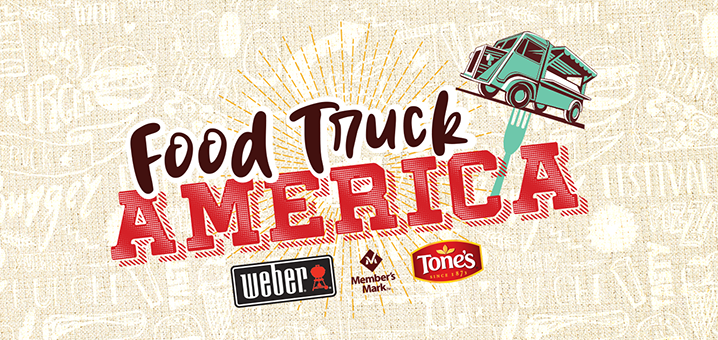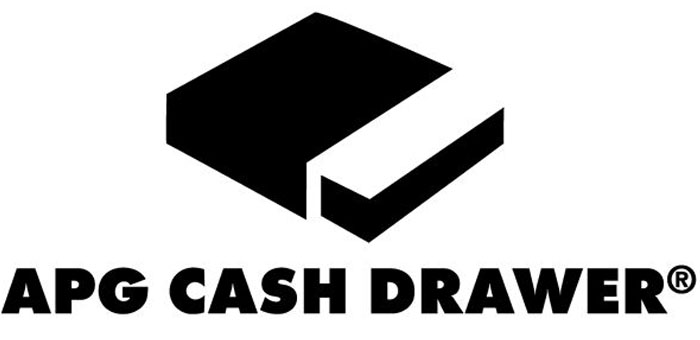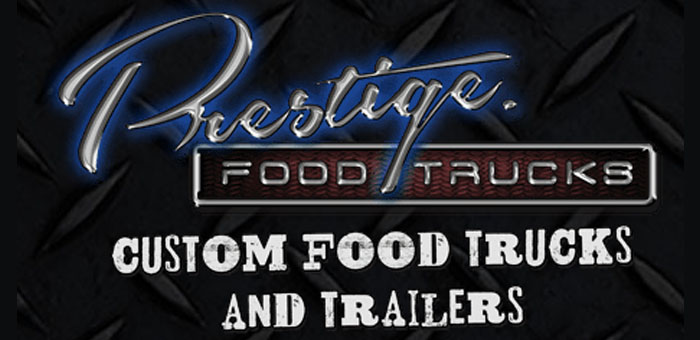How a hot local trend became a marketing vehicle for national chains
Should you come across a broken-down food truck on the side of the road, there’s a chance Larry Olmsted let the air out of its tires.
When the USA Today food columnist recently documented America’s worst culinary trends for Forbes, he placed food trucks at the top of the list, beating out such abominations as TV cooking competitions, gastropubs and restaurants named for (but rarely featuring the actual cooking of) celebrity chefs.
Olmsted dubbed food trucks—those mobile purveyors ofdumplings, tacos and cupcakes popularized by hipsters, foodies andoffice workers from coast to coast—“ridiculous” and even “morally
reprehensible,” arguing that they are less areal innovation than simply another means of delivering grub toconsumers, “akin to the ‘invention’ of home delivery, take-outcontainers or the drive through.”
The writer proclaimed it ultimately “more a fad than a trend,” adding, “I’ve yet to see any tangible benefits of the food truck craze to the average consumer.”
Don’t tell that to Sizzler. Or to Applebee’s, Taco Bell, Red Robin, Jack in the Box or any of the other national restaurant chains aiming to crack the code of food truck culture. Even companies that aren’t in the business of slinging hash have begun including food trucks in their marketing plans. Last year, for example, the Gap deployed food trucks in New York, Chicago, Los Angeles and San Francisco as part of a two-month promotion for its 1969 apparel collection. And this past spring, NBC’s Today show commissioned a pair of food trucks to make its presence known at the annual SXSW festival.
But is there really room for Big Macs and Jumbo Jacks alongside all those organic s’mores and sustainable grilled cheese sandwiches?
Find the entire article by Greag Beato at Adweek.com <here>




